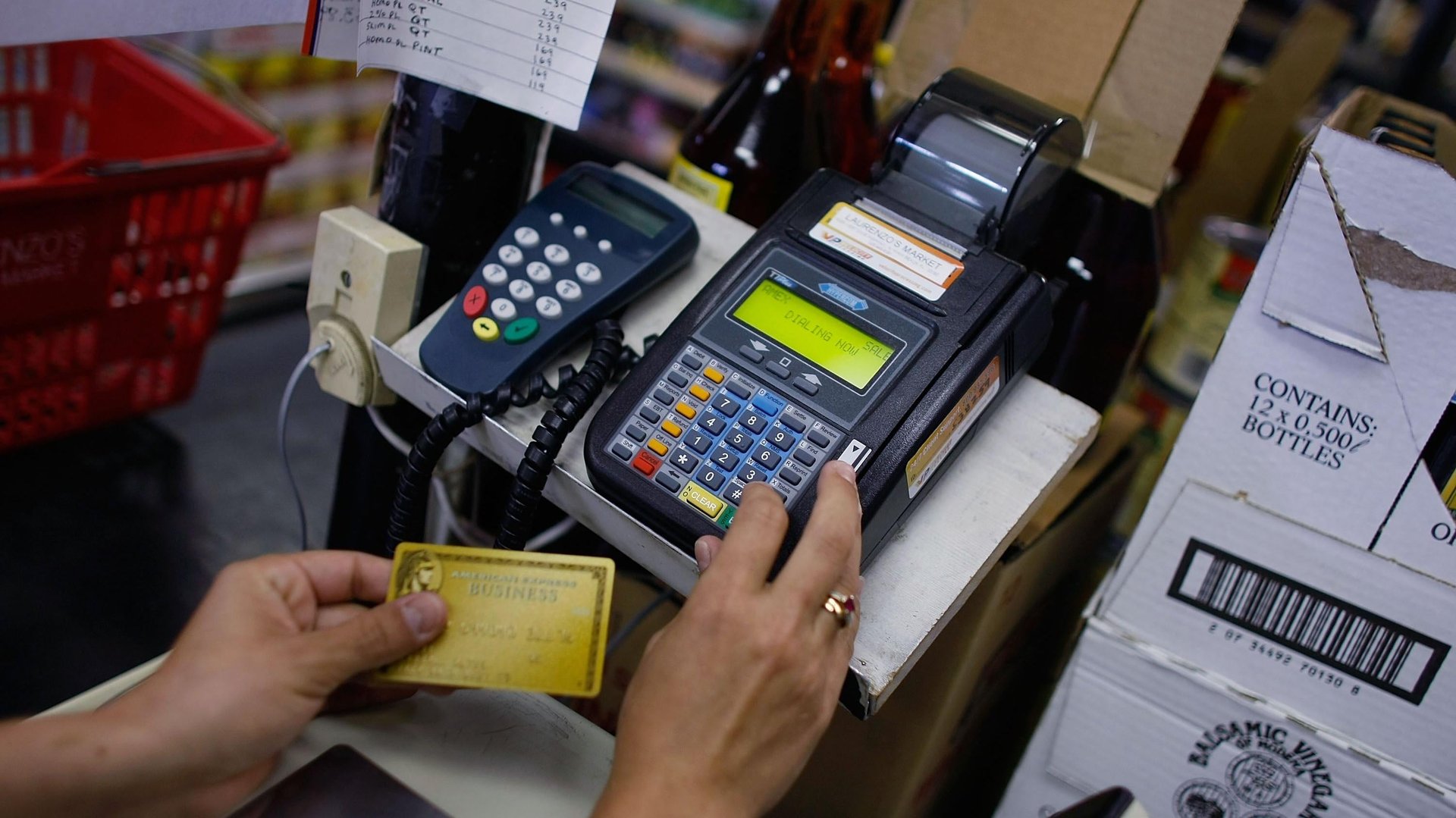More Americans are maxing out their credit cards and falling behind on payments
Data from the Federal Reserve Bank of New York paints a worrying picture

A report from the Federal Reserve Bank of New York released Tuesday reveals that the portion of national credit card debt held by borrowers who have maxed out their cards is nearing pre-COVID 19 levels. And what’s more, those maxed-out borrowers are going into delinquency at a much higher rate than they were before the pandemic.
Suggested Reading
“In the first quarter of 2024, credit card and auto loan transition rates into serious delinquency continued to rise across all age groups,” said Joelle Scally, Regional Economic Principal within the Household and Public Policy Research Division at the New York Fed in a commentary accompanying the numbers. “An increasing number of borrowers missed credit card payments, revealing worsening financial distress among some households.”
Gen Z and Millennial borrowers, as well as lower-income borrowers, tended to have higher credit card utilization rates. And the higher those utilization rates, the more likely borrowers were to end up in delinquency. Among those whose balances were north of 90% of their credit limits, nearly a third of them had fallen behind on their payments over the last year.
